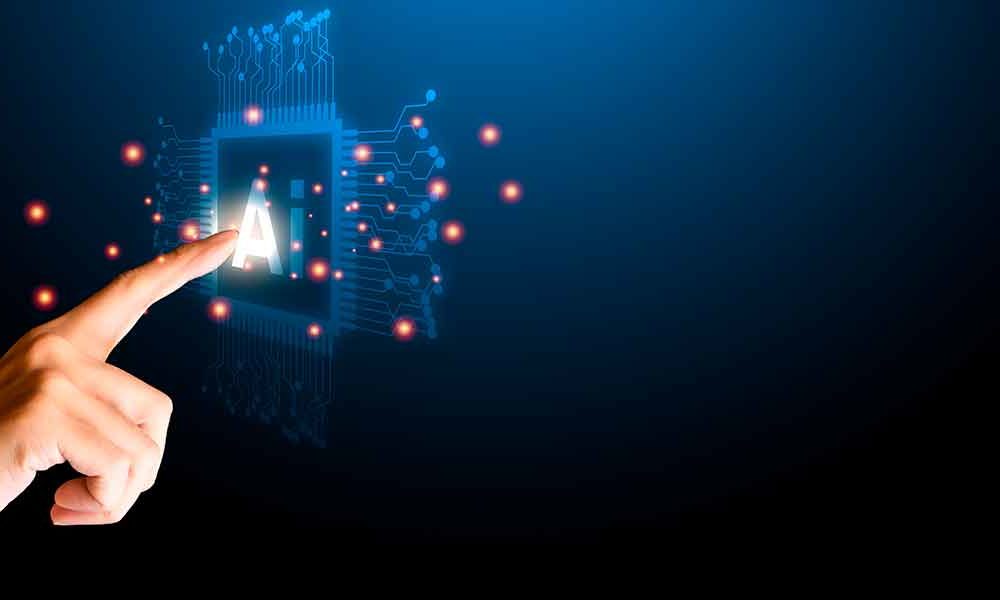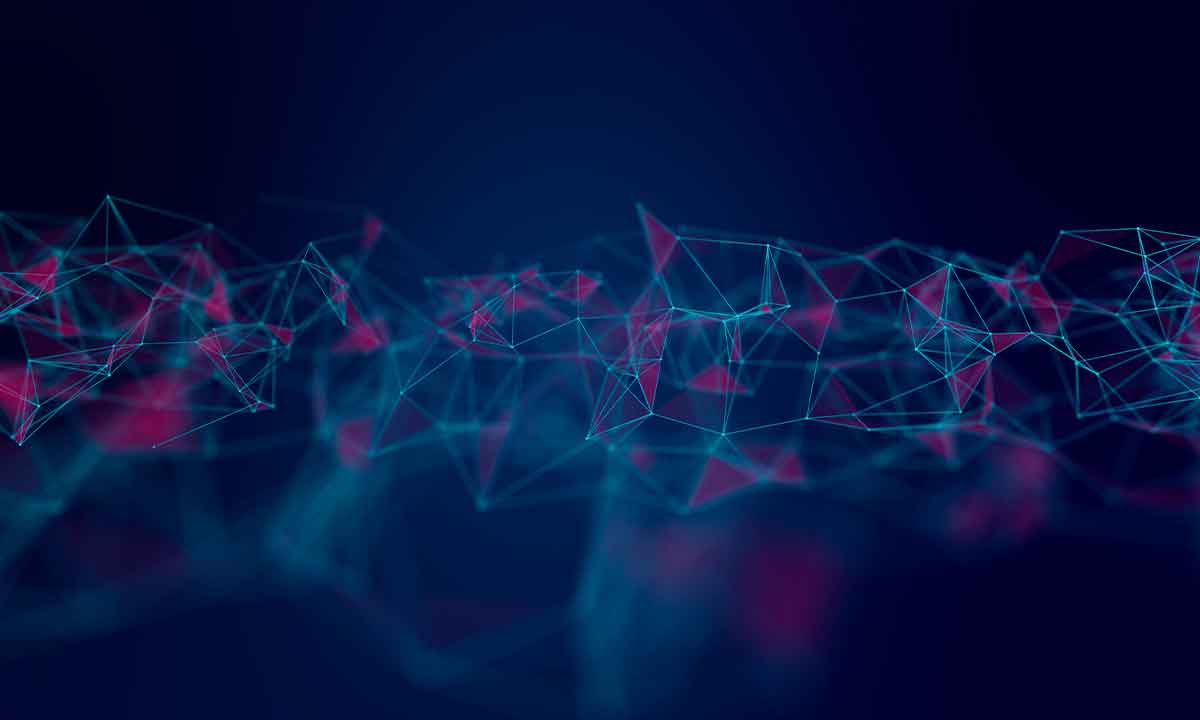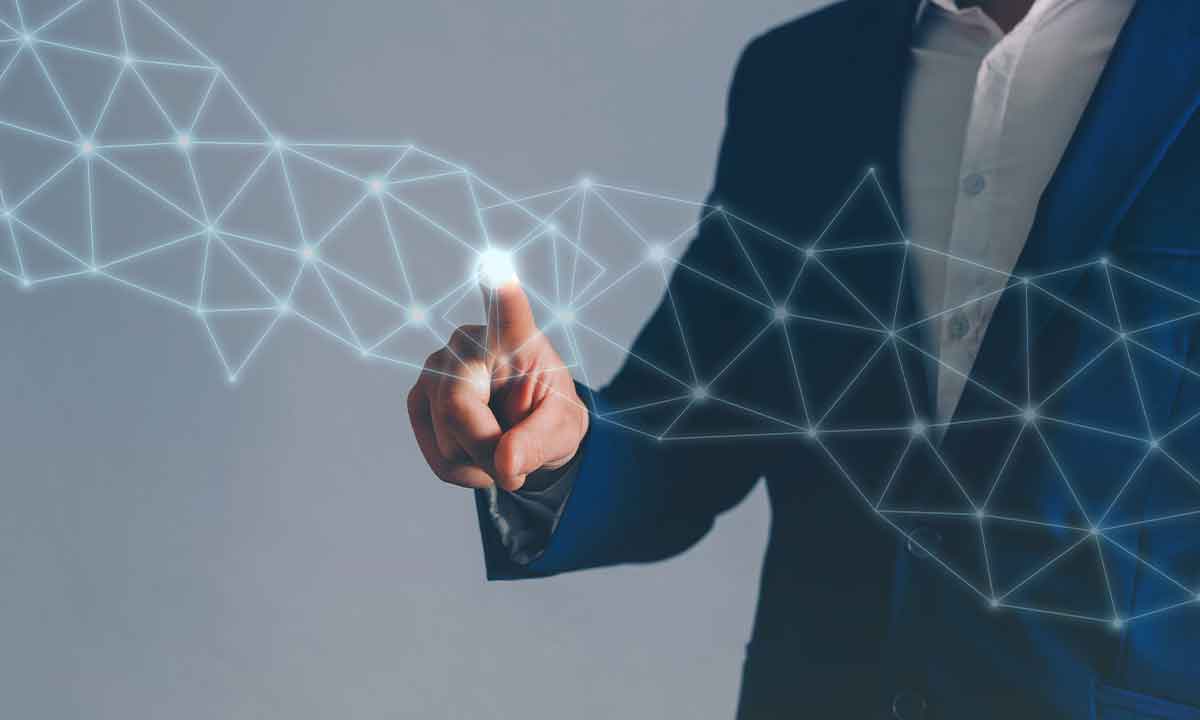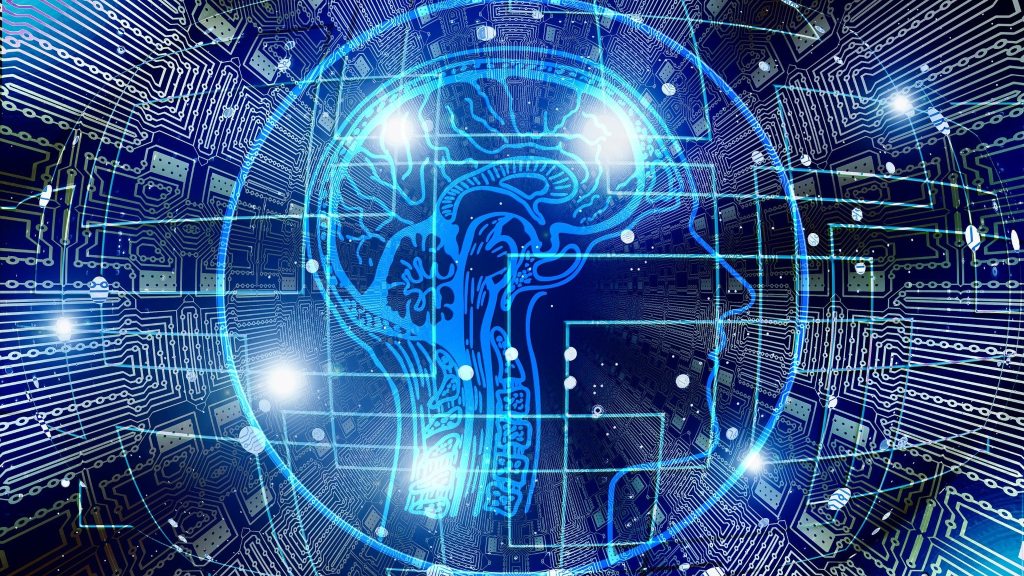
Deep Learning has become a very common expression. We listen to it when talking about games, hardware, services … well, everything. In a few years it seems that deep learning has become the parsley of all sauces, and there are evidently reasons why. Now, although there is talk of this branch of artificial intelligence (since that is Deep Learning, one of the many technologies that AI relies on), for many people it is still an opaque concept. Let’s try to dig a little deeper into it to clarify it.
To talk about Deep Learning, first we have to be clear about the concept of machine learning, for which in turn we need to be very clear about the learning process, and this is not as simple as it might seem at first. Because, what would you answer if I asked you what learning is? We are going to ask the RAE, to see what they tell us:
Learning: Acquiring knowledge of something through study or experience.
Learn: Action and effect of learning some art, trade or something else.
The interesting nuance is given by the end of the first definition, “study or learning.” And is that It is not the same to learn the list of the Gogo kings than to learn to whistle, despite the fact that both actions are included in the same verb. Is memorizing part of learning? The truth is that yes, but we cannot talk about machine learning if we interpret it that way. What’s more, memorization is actually a discipline in which computers already have a spectacular advantage over us. Today we can carry in our pocket an external hard drive capable of memorizing-storing much more information than any of us.
So, these definitions do not allow us to clearly address the concept of machine learning and, therefore, that of Deep Learning. However, if we continue to review the results of the RAE, we find that while the third meaning of learning takes us more to the side of memorization:
Fix something in memory.
The third meaning of learning takes us more “to the other side”, that is, to learning to whistle:
Acquisition by the practice of a lasting conduct.
Interesting this definition, because without a doubt is the one that brings us closer to machine learning. However, I have also wanted to reproduce the previous one because, obviously, to be able to learn, as a whole, both memorization and training through practice are necessary.
Thus, when we talk about Machine Learning or automatic learning, what we propose is that machines are capable of learning to carry out certain processes. And now it is possible for someone to consider that this is what machines have been doing all their existence: carrying out certain processes. The difference is that, without AI, these machines have received the necessary instructions to carry out these tasks. There has been no learning, they have simply been programmed.
Therefore, when we talk about machine learning, we talk about intelligent systems, capable of analyzing data, identifying patterns, drawing conclusions and adding this knowledge for the next cycle. Thus, after training in which the AI has already analyzed a sufficient volume of data to draw valuable and reliable conclusions, may be put at the service of users for the purpose for which it has been trainedWhether it’s conducting in-depth stock investment analysis, calculating the optimal trajectory for a space mission, or recommending what to watch next on Netflix.
So, when talking about Machine Learning we find a reinforcement learning system, supervised, and that it is capable of «self-programming» based on previous experience, but also, and especially, on the datasets that are used to feed these algorithms during their training. In other words, until the system has enough samples of what is “yes” and what is “no”, what is “up” and what is “down”, what is “white” and what is “black” will have no way of learning. And this is where Deep Learning changes everything.
Machine Learning vs Deep Learning
As you may have deduced from the above, Machine Learning needs, during its training, a supervision in which it is indicated “this yes”, “this no” and so on until the system already has enough samples, in one and the other. sense, or in all that are possible, it will not be possible to use it. However, Deep Learning is in the group of the unsupervised, that is, that does not require massive ingestion of previously classified data. Only a few basic references will be necessary, and from that point on the system is ready to start analyzing and learning.
Deep Learning aims to reproduce the human learning model, in which we can have some reference on how to carry out a task, but obviously we do not feed our brain with tens or hundreds of thousands of data from previous experiences in this regard. Training still exists, of course, but only in relation to how to process the input information. From that point on, the system should be able to learn by itself.
And how to emulate the human learning model? Then looking for an approximation to the functioning of our brain, so that for the operation of Deep Learning the so-called artificial neural networks are used intertwined with each other, a scale replica of our cognitive system, using a multilayer system sequentially, that is, cascading. And it is precisely because of that depth that the layers of neural networks provide, that is why it is called Deep Learning.
And why all those layers? Because each layer has a specialization, and layers can iterate as many times as necessary with the data input until a conclusion is drawn. All these iterations and this step between layers occurs in a kind of “black box”, in which the person responsible for that Deep Learning development does not participate. That is why we often speak of the input layer (the one that receives the data), the hidden layer (which actually comprises the entire depth of Deep Learning analysis) and the output layer, which returns the results of the process. Everything that happens in that second layer, which brings together all the networks, is autonomous.
By emulating the functioning of the human brain, Deep Learning it is a very suitable technology for the analysis of unstructured data, that is, of all types of information, without the need for it to conform to a specific structure. For example, when talking about autonomous driving systems, it is essential that the AI that manages them knows how to interpret all the images captured by cameras and sensors, regardless of the environmental and environmental conditions that occur. Deep Learning is essential in this type of context.
The same happens, for example, when analyzing the sound. For example, when a voice assistant receives an order, it can be issued in various ways, and the system must be able to analyze the phrase to find out its meaning, just as if we asked Google for photos of cats. Commands and process system of the same that are natural for the human being, and that Deep Learning leads to AI.
And as I indicated at the beginning, Deep Learning has already been a reality for some years, and as you may have already deduced (if you did not know), you interact with systems based on deep learning in a more than usual way. For example, when we talk about new games compatible with NVIDIA DLSS, we talk about titles in which the image is rendered at a certain size, and then it is rescaled to a larger size thanks to Deep Learning (In fact, DLSS stands for Deep Learning Super Sampling).
Although the different branches of AI have very different uses, for some time now preference over unsupervised systems has continued to grow, and today the future of Deep Learning is more than promising, which is why many training centers offer specific courses on this branch. And it is that his present is already fascinating, but his future can become even more so.
And, by the way, if you are interested in artificial intelligence, the Fundación Alianza Digital 2030 organizes the Artificial Intelligence Forum, a meeting that will take place on December 1, about which we inform you here, and to which you can register here.
Attend the first Artificial Intelligence Forum on December 1 in Madrid organized by @ Alianzad_2030 https://t.co/nhxZo6yW7h #Forum # ForoIA2030 pic.twitter.com/VeoX5WCSaQ
– MuyComputerPRO (@MuyComputerPRO) November 26, 2021





